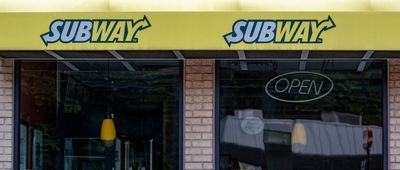Corporate Cloak and Dagger
Corporations are just like people — they all have secrets. Most of those involve boring proprietary information dealing with such things as patents and protocols. Sometimes, however, the biggest companies in the world have skeletons in their closet so outrageous that they sound like they were lifted from a movie script. From super-secure secret vaults to James Bond-style research and development projects, these are company secrets worth telling and hearing.



















